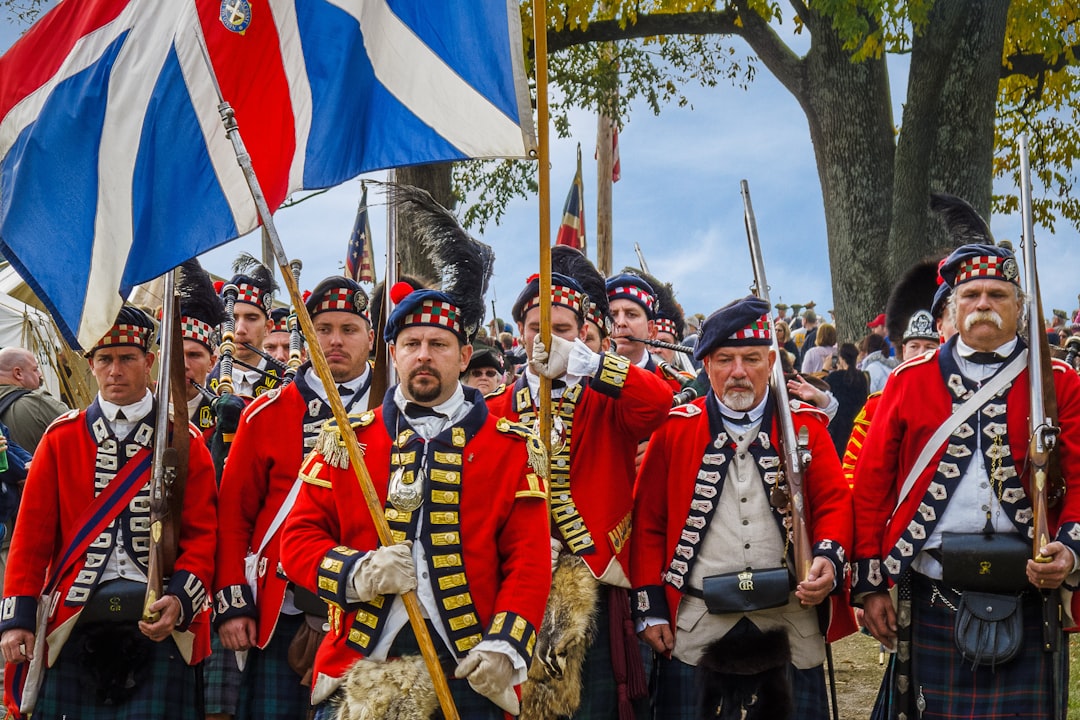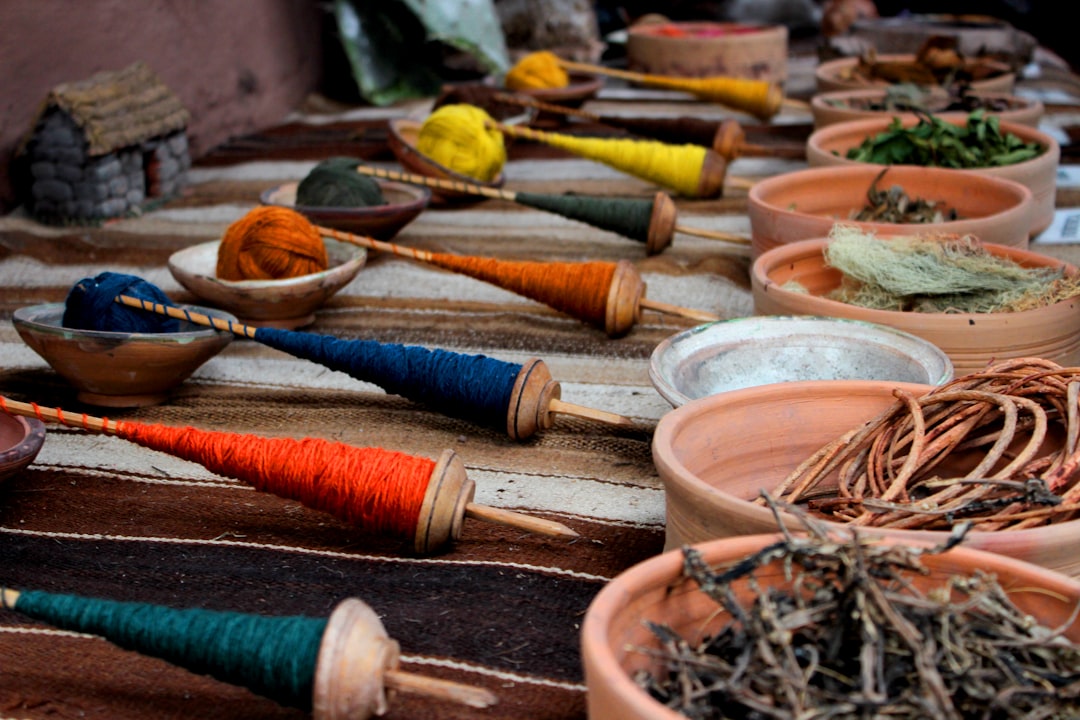What is it about?
Jean-Paul Marat tends to be known either for his role as a blood-thirsty revolutionary who called for the massacre of French aristocrats, thereby encouraging the Terror, or as the unfortunate subject of Jacques-Louis David's exquisite painting depicting his untimely end. This article explores a less well known aspect of Marat's life, namely his adventures in England during the 1770s and the important works that he produced while there. The article finds no evidence to support some of the more bizarre stories that have circulated concerning his time in England (such as that he was an embroiderer in Edinburgh or that he stole coins and medals from the Ashmolean Museum in Oxford). However, it does trace the curious and intriguing story of the publication of his political pamphlet The Chains of Slavery; his links to the London radical John Wilkes; and the importance of his ideas for radical butchers, bricklayers and cordwainers in Newcastle-upon-Tyne, who made use of them in their own conflicts with local authorities.
Featured Image
Read the Original
This page is a summary of: JEAN-PAUL MARAT'S THE CHAINS OF SLAVERY IN BRITAIN AND FRANCE, 1774–1833, The Historical Journal, September 2005, Cambridge University Press,
DOI: 10.1017/s0018246x05004607.
You can read the full text:
Contributors
The following have contributed to this page










